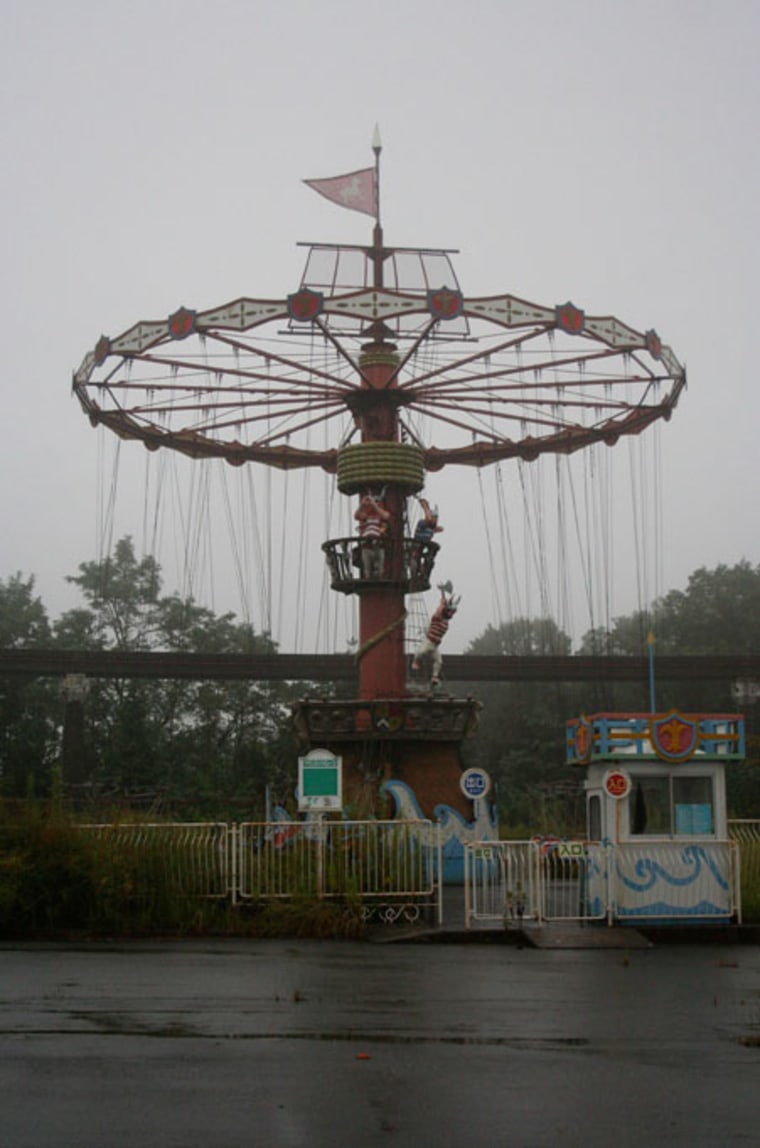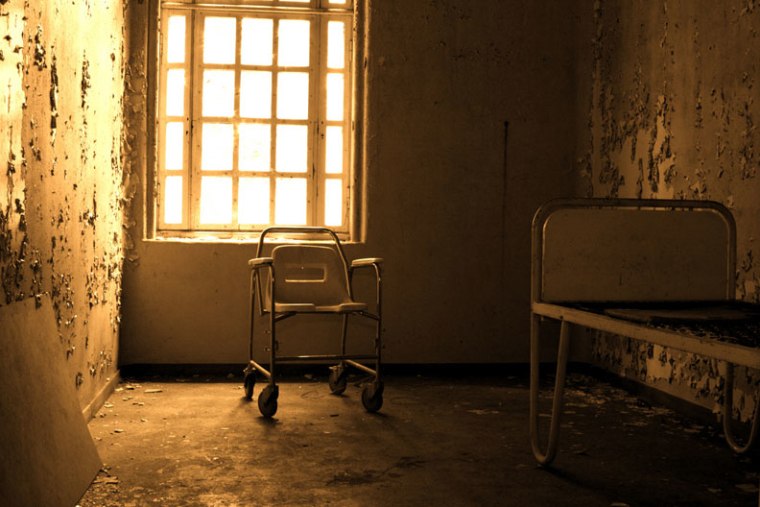Staten Island’s Tugboat Graveyard has long intrigued — even frightened — local residents, including New York City-based photographer Chris Barreto, who grew up just a few miles away.
“It took me years to build up the nerve to go,” he admits. “The immense size of the shipyard is unfathomable—row after row of ships, just waiting their turn to sink into the murky waters. The stench of rotting wood and oil is almost unbearable. It’s not a welcoming place.”
Barreto is just one of the many artists, photographers, travelers and writers inspired by the act of human abandonment. “When any man-made structure is deserted and void of people, it leaves behind an unsettling energy,” he says.
But it’s that very energy that has made these creepy places a sort of dark-side passport stamp, complete with bragging rights. So young creatives have made a hobby out of photographing derelict and discarded buildings and uploading the images to sites like Abandoned-places.com and Weburbanist.com, along with Flickr’s numerous user groups, like Abandoned Motels, Abandoned Sweden and Best of Abandoned. The most popular group, simply called Abandoned, has 20,000-plus members and remains a go-to source for those looking to find new terrain.
“Some people find abandoned places creepy, others find them beautiful,” says Henk van Rensbergen, the 41-year-old Belgian webmaster of Abandoned-places.com (and an airline pilot). “I’m curious about the soul of the building and the stories the walls tell me when I sit down and listen to the silence.”

He has photographed a deserted hospital in New Jersey, a vacant cinema house in Brazil, abandoned hotels on the beaches of Gabon and tenantless office buildings in Beirut, Poland, and Sri Lanka. “I usually visit these places alone, unless there is a real danger, which there often is.”
Google “Visit Chernobyl” and you’ll get several tour results that guarantee a “radiation-free tour” of the infamously abandoned Reactor Number 4. The tour is so popular that Trip Advisor has a user-generated forum explaining the best way to visit it.
Other abandoned places, like India’s cursed city of Bhangarh, Rajasthan, are sanctioned by their respective governments, but still pose danger. A sign erected by the Archaeological Survey of India at the entrance to Bhangarh reads: “Entering the borders of Bhangarh before sunrise and after sunset is strictly prohibited.” While the ancient curse clearly still has a hold over the current government, the sign is a sensible warning to anyone wanting to explore the city’s crumbling Hindu temples.
Skellig Michael, Europe’s most inaccessible UNESCO World Heritage site, is just as dangerous: three tourists, including two Americans just this year, have fallen to their deaths while on the precipitous climb.
Whether you’re visiting sanctioned places or exploring more off-the-beaten-path terrain, it’s important to show respect. Van Rensbergen’s three rules of thumb are a good directive for anyone attempting to access an abandoned site: “Don’t break your way in. Don’t take anything, except photos. And don’t leave anything except footprints.”
